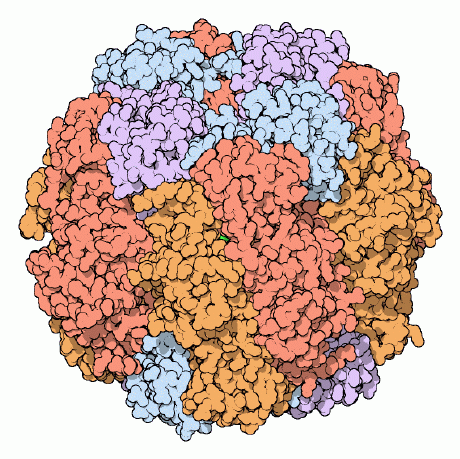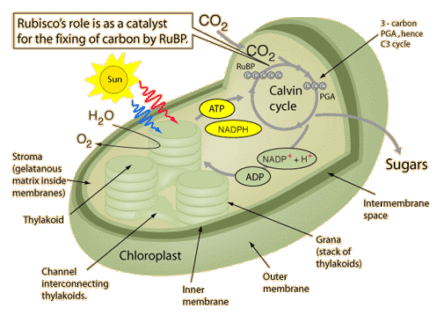Scientists Working To Boost Crop Growth By 40%

Plants convert sunlight into energy through photosynthesis; however, most crops on the planet at plaqued by a photosynthetic glitch, and to deal with it, evolved an energy-expensive process called photorespiration that drastically suppresses their yield potential. Today, researchers from U of I and the U.S. Dept. of Ag report that crops engineered with photorespiratory shortcut are 40 percent more productive in real-world agronomic conditions. Scientists plant tobacco seedlings by hand to test alternate photorespiratory pathways in real-world field conditions. They found that these synthetic shortcuts boost productivity by 40%, and the next steps of the study is to apply this process to food crops. The research team believes by implementing this process to more crops, they could help feed up to 200 million additional people.

Photosynthesis uses the enzyme Rubisco – the planet’s most abundant protein – and sunlight energy to turn carbon dioxide and water into sugars that fuel plant growth and yield. Rubisco has become a victim of its own success, creating an oxygen-rich atmosphere. Unable to reliably distinguish between the two molecules, Rubisco grabs oxygen instead of carbon dioxide about 20 percent of the time, resulting in a plant-toxic compound that must be recycled through the process of photorespiration. The research team stated that photorespiration is anti-photosynthesis. Photo respiration normally takes a complicated route through three compartments in the plant cell. Scientists engineered alternate pathways to reroute the process, drastically shortening the trip and saving enough resources to boost plant growth by 40 percent. This is the first time that an engineered photorespiration fix has been tested in real-world agronomic conditions.
Over two years of replicated field studies, they found that these engineered plants developed faster, grew taller and produced about 40 percent more biomass, most of which was found in 50 percent larger stems. The team tested their hypotheses in tobacco: an ideal model plant for crop research because it is easier to modify and test than food crops, yet unlike alternative plant models, it develops a leaf canopy and can be tested in the field. Now, the team is translating these findings to boost the yield of soybean, cowpea, rice, potato, tomato, and eggplant.
The research team’s goal is to build plants that can take the heat today and the future, to help equip farmers with the technology they need to feed the world. They also understand that this process will likely take more than a decade for this technology to be translated into food crops and achieve regulatory approval.
Online Source: University of Illinois